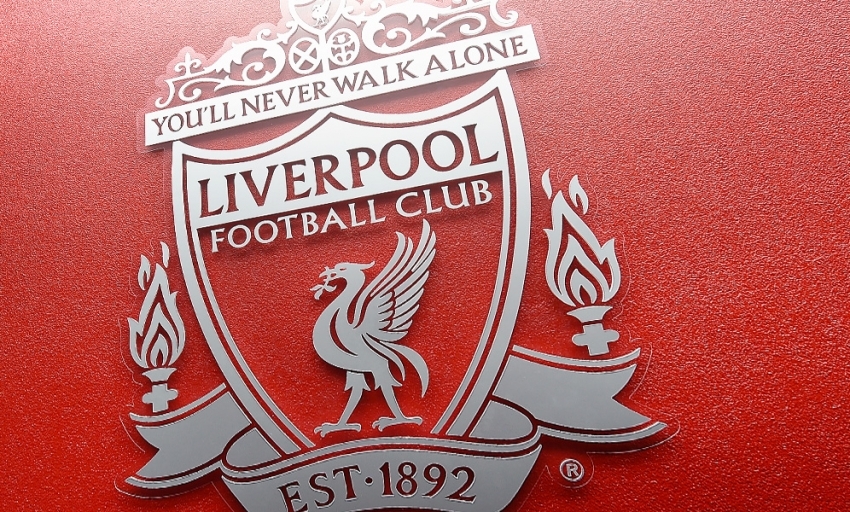Hillsborough inquests - May 27
The Hillsborough inquests commenced on March 31, 2014 and are the subject of reporting restrictions that have been imposed by the Attorney General's office. Liverpool Football Club is respectful of these restrictions and will therefore only be making available updates from other media channels for the duration of the inquest.

To view archive reports from each day of the inquest hearings, click here.
Courtesy of BBC - May 27
No changes were made to Hillsborough Stadium's safety certificate after the Leppings Lane end was altered in the 1980s, the inquests jury has heard.
Structural engineer John Cutlack said no amendments were made to the ground's safety certificate issued in 1979.
Christina Lambert QC, lead counsel for the inquests, said many of the crush barriers were below the height recommended for football grounds.
Ninety-six fans died as a result of the crush at the 1989 FA Cup semi-final.
The Safety at Sports Grounds Act 1975 meant stadia with a capacity of more than 10,000 required a safety certificate.
The inquests in Warrington heard Hillsborough was more like Wembley because of its "quasi-international use".
It was the third largest stadium in the Football League and used for international matches as well as the FA cup semi-finals and was required to have safety certificate from January 1, 1979.
Mr Cutlack, the structural engineer brought in by the inquests as their expert in the design of Hillsborough and its safety, told the inquest Sheffield Wednesday spent £120,000 on alterations and the stadium was issued its first safety certificate in December 1979.
Safety certificates were issued by local authorities but the club had an "ongoing duty" to make sure grounds remained safe, Mr Cutlack said.
However, he told the jury no amendments were made to Hillsborough's safety certificate when radial fences on terraces were introduced and changes were made to turnstiles in Leppings Lane in the mid-1980s.
The capacity of Hillsborough's terraces was not amended either, the court heard.
The jury was shown plans to increase the number of turnstiles to 34 in 1985 but they never materialised and when Liverpool fans entered the ground on the day of the disaster they went through 23 turnstiles as opposed to 60 turnstiles for Nottingham Forest fans.
Christina Lambert QC, lead counsel for the inquests, said barriers after the 1989 disaster were found to be under the height recommended in the Green Guide book which Mr Cutlack told the jury was the "only reference" for those looking at stadium safety.
Ms Lambert read a section of the 1976 edition of the Green Guide at the hearing in Warrington, which said one of biggest safety problems at football stadiums was the build-up of pressure within crowd.
It also called for annual safety inspections of grounds, with specific attention paid to the condition of crush barriers, the jury heard.
Mr Cutlack told the jury about the history of Hillsborough and the challenges faced by structural designers particularly at the time of the disaster.
He said there was a "growth in a unruly element" and that "hooliganism crept into football grounds".
He told the jury pitch perimeter fences and radial fences which split terraces into pens were introduced to segregate fans after a rise in hooliganism in the game in the 1970s.
He told the hearing in Warrington: "Segregation and safety are two mutually opposing design constraints."
Mr Cutlack told the jury despite previous football disasters such as Bolton Wanderers FC's Burnden Park disaster in 1946 in which 33 people died and the crush on a stairway at Rangers FC's Ibrox stadium in 1971, resulting in 66 deaths, no legislation followed until 1975.
He said it was a "sad fact" that the Green Guide safety book followed a series of disasters rather than preventing one occurring.
The jury visited the Hillsborough stadium on Friday.
Earlier last week, the jury heard "painstaking work" had been carried out by police and families to identify the victims in thousands of videos and photos.
The inquests continue.



